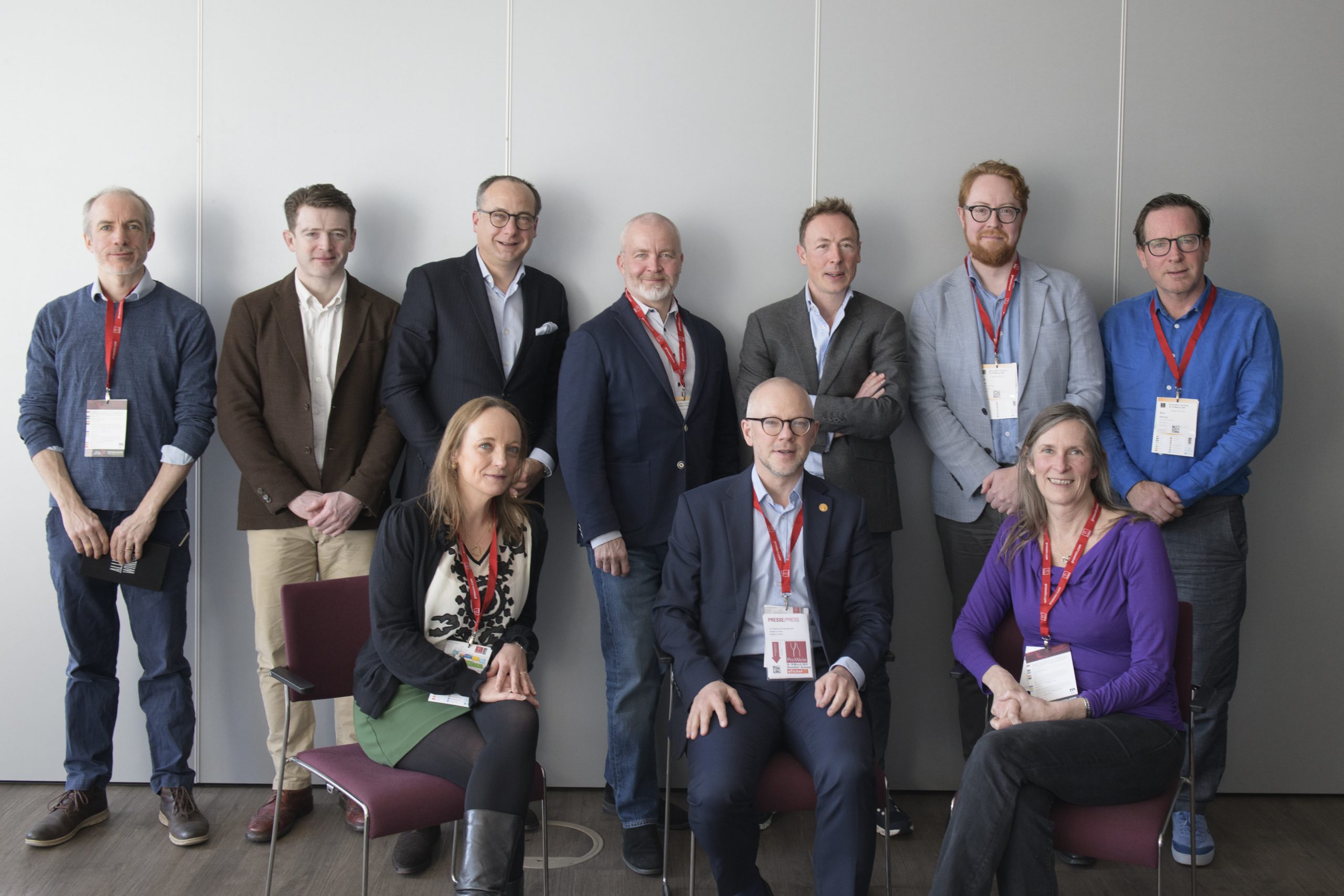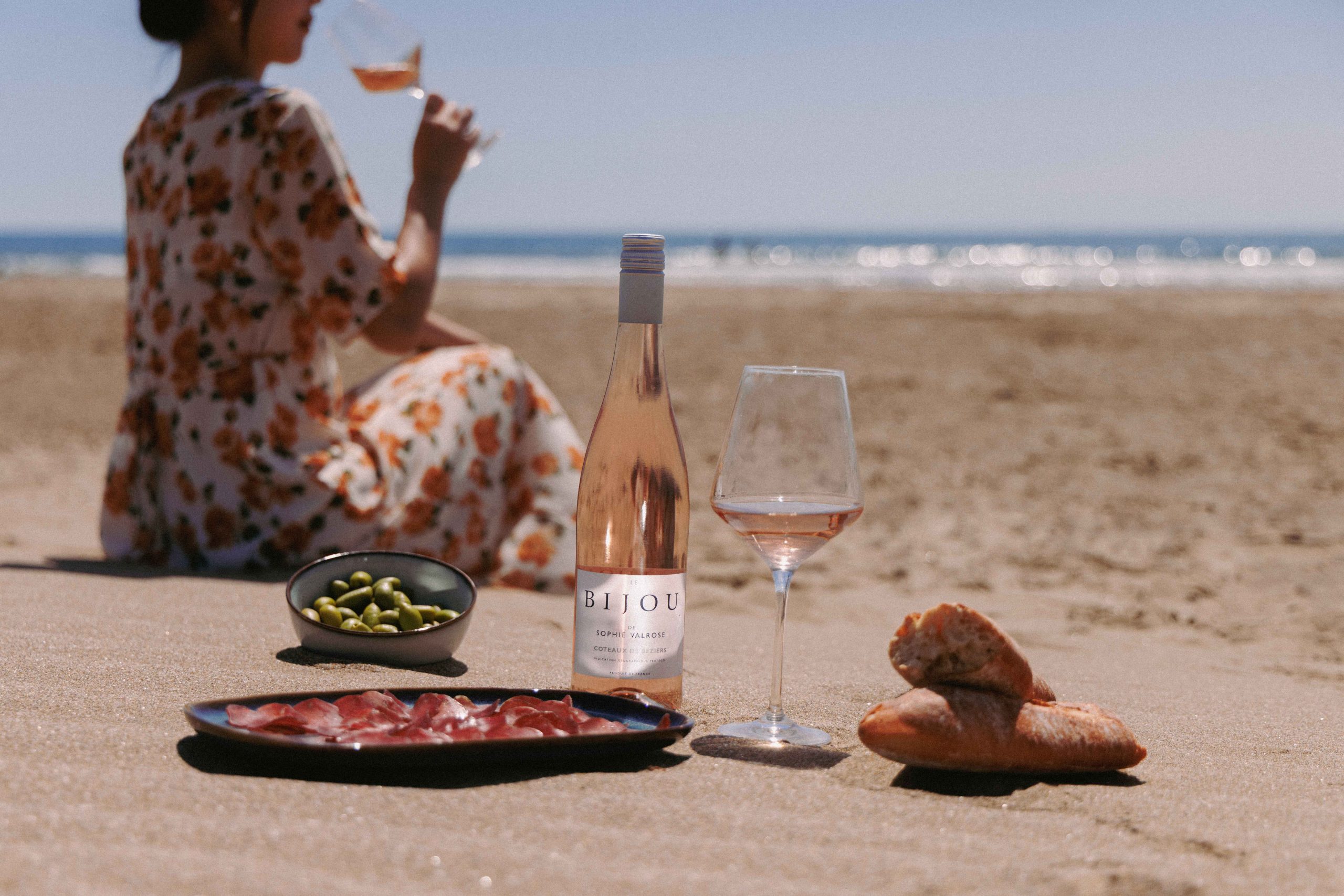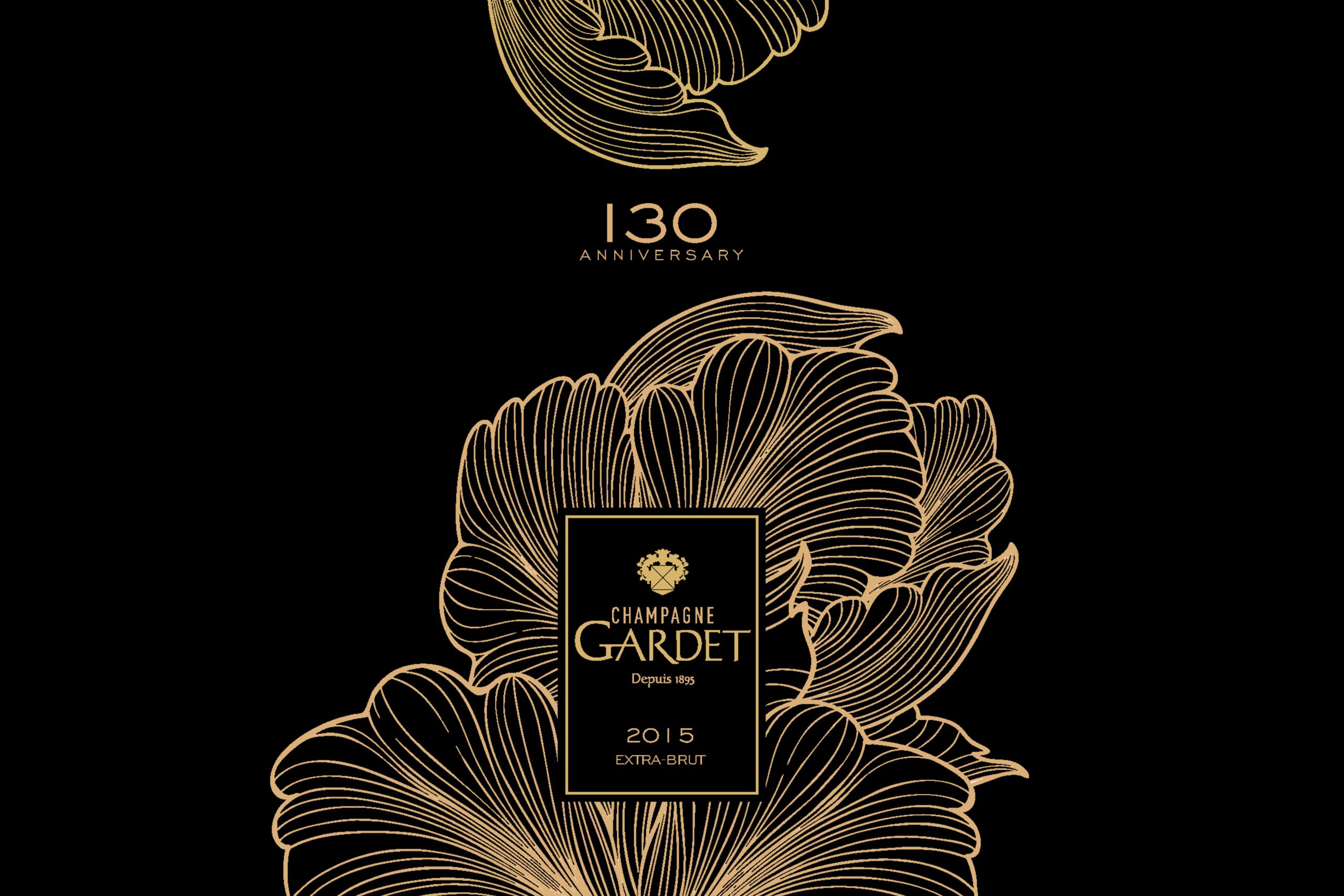Cava posts slow but steady growth in 2016
By Lauren EadsCava shipments topped 245 million bottles in 2016, according to the latest figures from the DO Cava – the region’s regulatory body for the Spanish sparkler – increasing by a modest 0.42% compared with the previous year.
Total Cava shipments, both domestic and export, increased by a modest 0.42% in 2016.
While Cava’s domestic market dropped by 0.8% to some 86m bottles, shipments to all export markets increased by 1.1%, rising to just under 159m bottles.
It comes at a time when Prosecco is still ruling the global sparkling wine market, which unlike Cava is not produced in the traditional method, but using the Charmat or tank method and followed by a much shorter ageing period.
While Cava’s growth in 2016 was modest, over the 2007-2016 period Cava sales have increased by 20 million bottles, growing by 9%, with particular growth in France, Japan, USA, The Netherlands, Sweden and Finland over this period.
This has been enough to offset an decline in sales in the European market, which during the same period has seen sales drop in markets such as Germany (-30.7%), United Kingdom (-18%) and Switzerland (-16.3%).
“Once again, we have to emphasise the constant improvement in exports due to a good evolution in third countries which, with an increase in sales of 4 million bottles, compensates for the fall in the European market (-2 million bottles) and the domestic market (-700,000 bottles),” said a spokesperson for DO Cava.
In 2016 the premium segment grew 0.66%, up to 29.5 million bottles, representing 12% of total cava sales. This category had particular success in Denmark, which accounts for 40.4% of total Cava sales, Germany (31%), Sweden (33.5%), Belgium (15.4%) and Japan (12%).
DO Cava said this performance was recognition of its strategy to increase premium exports, prioritising value over volume. This has has been supported by the launch of the region’s single estate classification last year – Cava del Paraje – a premium category for single estate DO Cavas produced to strict criteria.
Partner Content
To qualify for Cava del Paraje classification wines must be made from grapes grown in vineyards that are at least 10 years old. Grapes must be hand-harvested from vineyards with a maximum output of 8,000kg per hectare. Fermentation must be carried out at the estate and have a maximum yield of 48 hectolitres per hectare. The initial base wine must be fermented in bottle for a minimum of 36 months. Finally, Single Estate Cavas (Cava del Paraje) can only be produced as ‘Brut’ wines.
“Globalisation and a higher market share for premium cavas are the key to the strengthening of the cava brand”, said Pedro Bonet, chairman of the DO Cava.
Meanwhile traditional cavas increased their sales by 0.4% points in 2016, reaching 215.6 million bottles, representing 88% of call Cava sales.
Overall, Belgium remains the biggest export market for Cava, followed by Germany and the UK, all of which nonetheless saw shipments decline by 1.4%, 14.1% and 3.87% respectively.
The remaining seven biggest market all reported growth in shipments, with the USA increasing its shipments by 7.65% and France rounding out the top 5, which saw shipments of Cava increase by a robust 20/75% to 8,972,133 bottles.
“Cava has shown itself to be a very strong sector during the complicated economic situation of the last decade, maintaining both jobs and purchases in terms of kilos of grapes,” the DO Cava report on its 2016 performance read. “Thanks to the hard work of companies and their strategic commitment to positioning premium products in international markets, Cava has established itself, in export terms, as the 1st Spanish Designation of Origin (DO) and the 1st DO in the world using the traditional method.”





Three values of cava that make it different from other producers:
The method “champegnoise” and not the charmat in front of Prosecco,
The use of own grape varieties (Macabeu, Xarel·lo, Parellada) in different combinations in the majority of cava and in particular in the ones coming from Catalunya (at present exist sparkling wines in Spain produced with other grape varieties – Albariño, Hondarribi Zuri , …- and many times with excellent results
Do not use chaptalización (adding of sugar to the must) in front of the Champagne in which it is an habitual practice.
Wines Inform Assessors , Barcelona